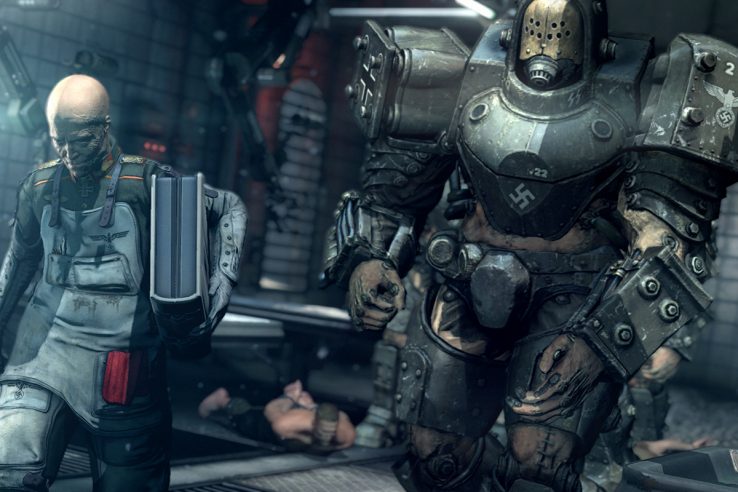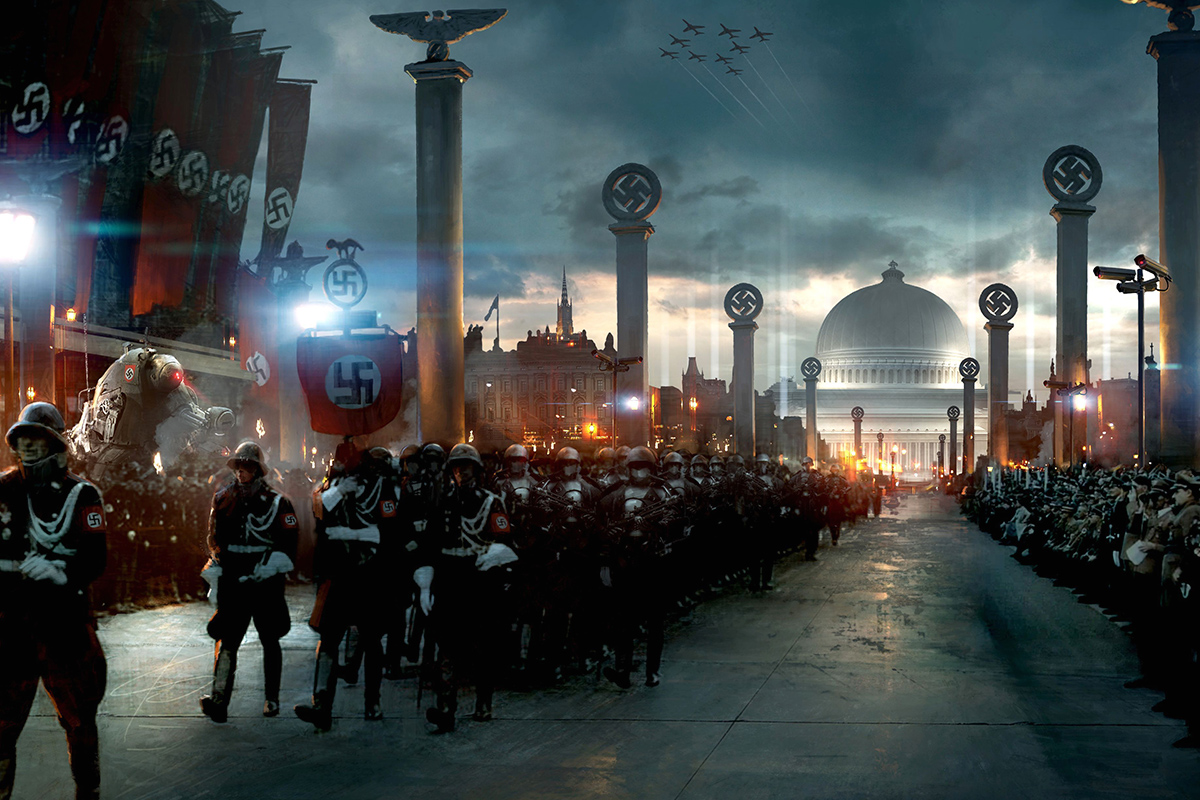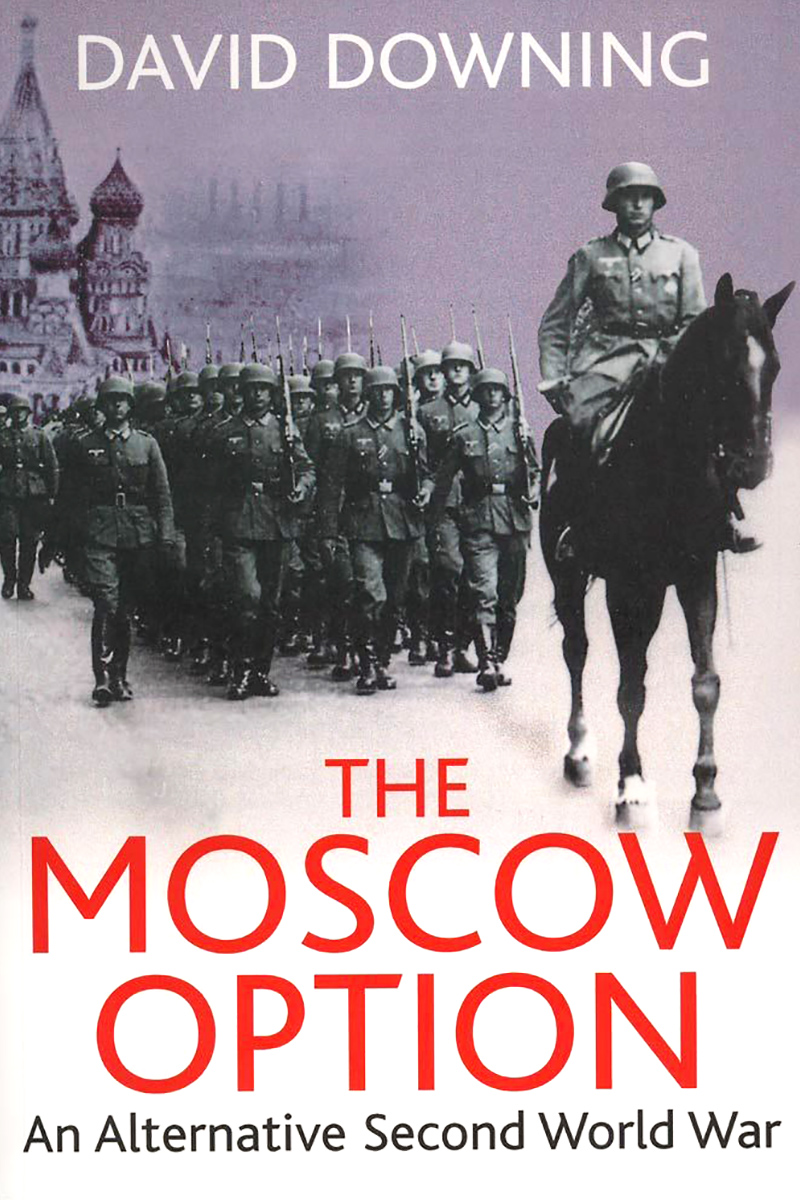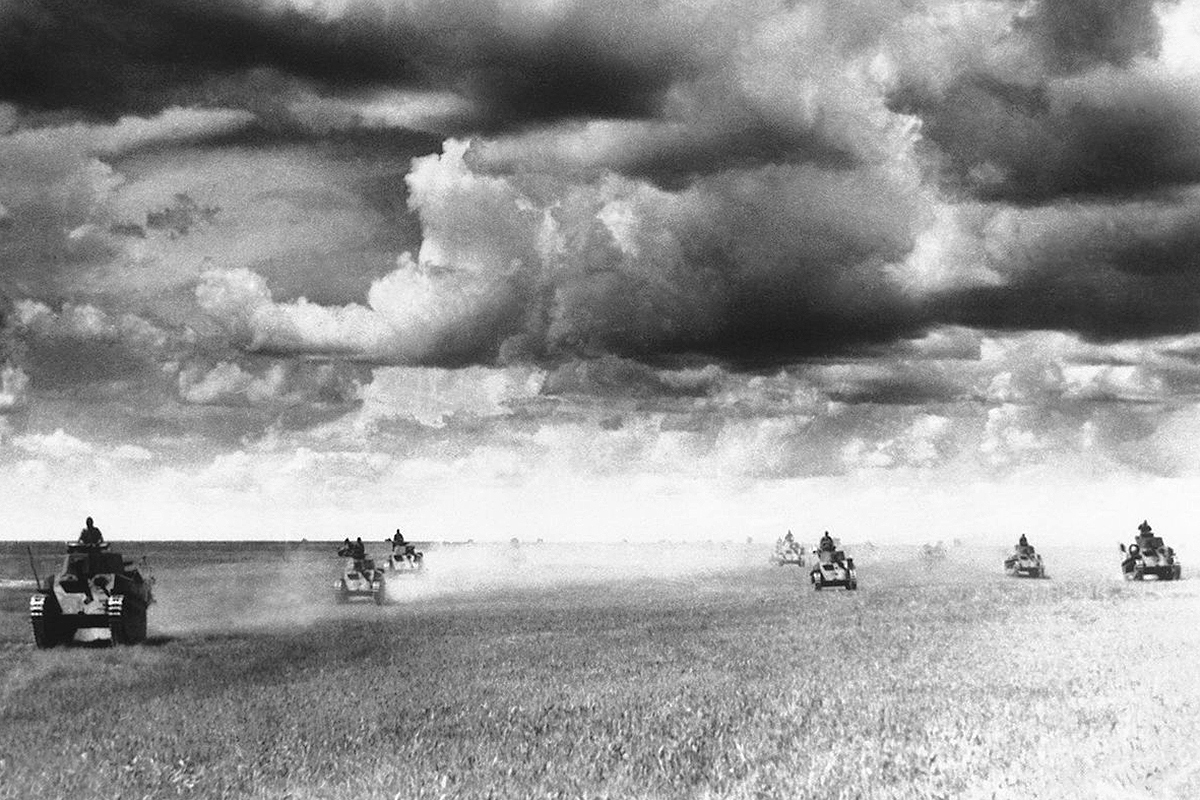During World War II, German scientists synthesized anabolic steriods and experimented on concentration camp inmates and prisoners of war in an attempt to treat chronic wasting. Experiments were allegedly conducted on German soldiers to increase their aggression and agility, however, there is no evidence whatsoever that something like an Übersoldier (a play on the Nazis’ idealized Übermensch) was ever in the making — let alone created.
Yet “supersoldiers” keep appearing in video games.
Supersoldiers
Perhaps the first video game to mix Nazi occult and genetic engineering was Activision’s Return to Castle Wolfenstein (2001).
The player takes on the role of an Allied elite soldier sent to investigate rumors surrounding the Paranormal Division of Heinrich Himmler’s SS. Captured and imprisoned in Castle Wolfenstein, the player must “battle the most horrific creatures ever unleashed” while seeking to escape, facing “zombies brought back from the dead through dark magic” and “mutants created through twisted science.”
The ultimate product of this clandestine confunction between occult activity and genetic engineering is depicted in the game to be an Übersoldier, half-man, half-machine.
The supersoldiers depicted in Return to Castle Wolfenstein and other games like ÜberSoldier (2006) are brutish cyborgs, augmented either through eugenics and genetic engineering or cybernetic implants and technological enhancements. They are typically equipped with dreadful of weapons, including Tesla guns and Panzerfäuste, making them the ultimate foes of World War II simulations.
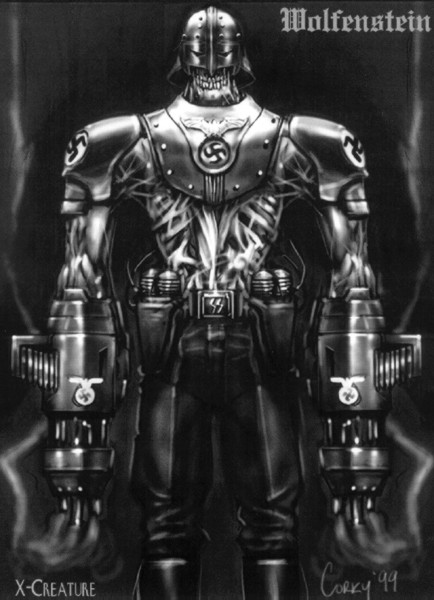

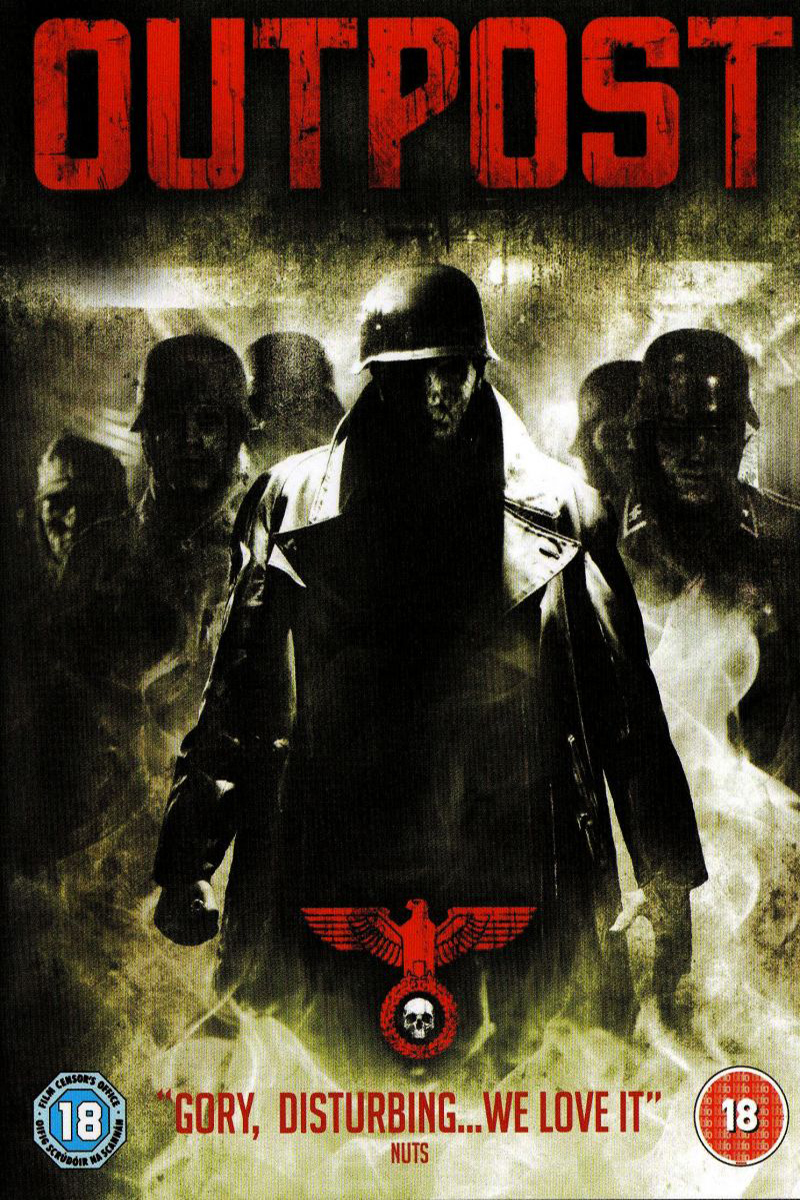
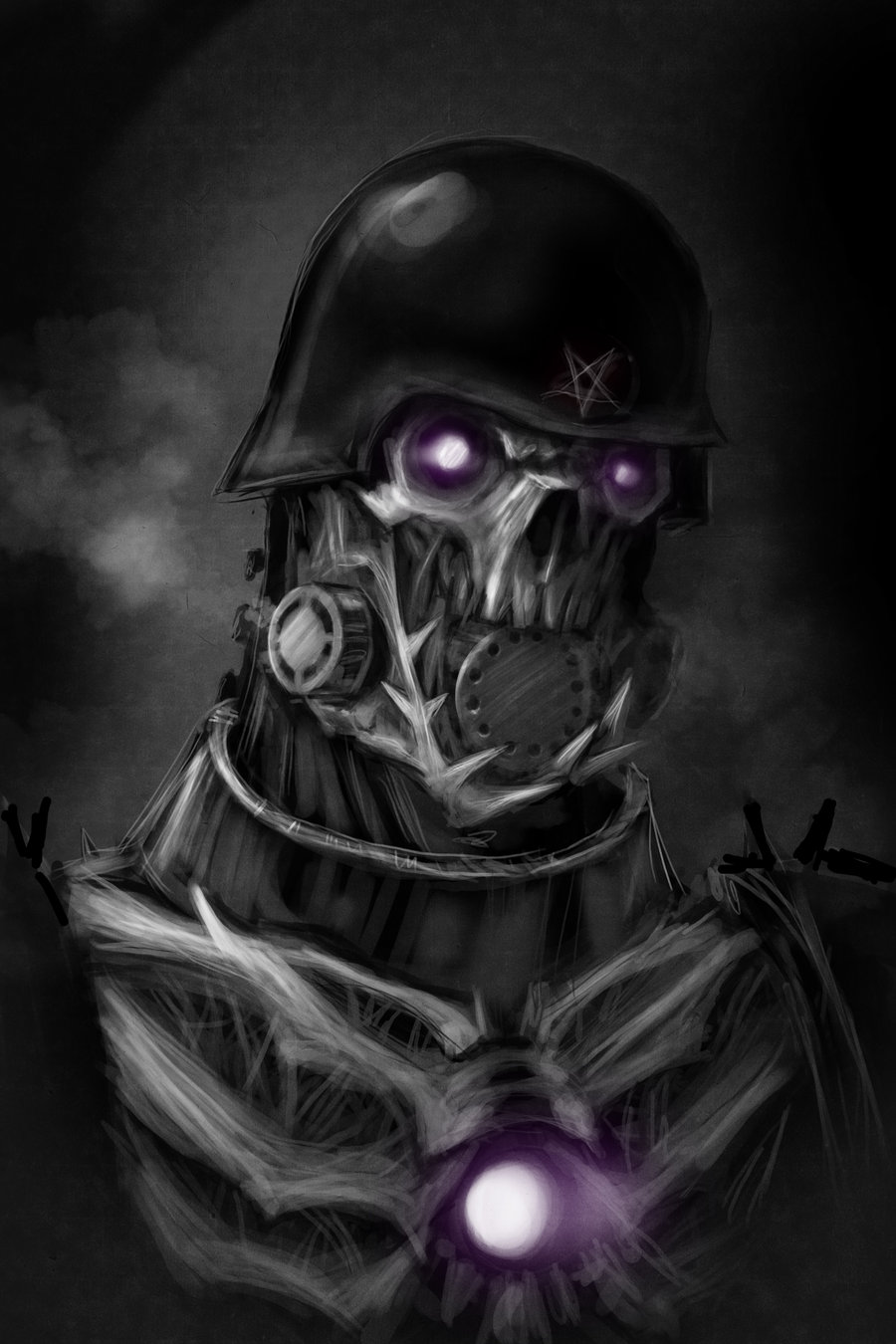
Zombies
Less “successful” supersoldier experiments can be seen in the 1977 horror movie Shock Waves and 2008’s Outpost. Both feature Nazi undeads.
In the former, the zombies are portrayed as the failed subjects of an attempt to develop soldiers who could withstand the Russian winter.
In the latter, a team of mercenaries stumbles upon the survivors of an SS experiment in reality shifting and reanimation somewhere in Eastern Europe.
Both films are pretty harrowing.

